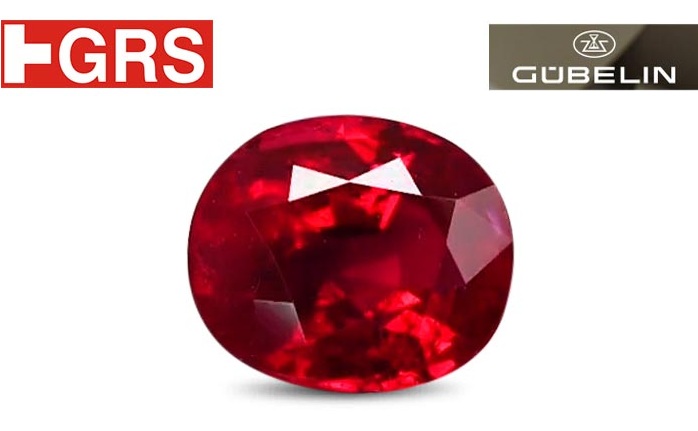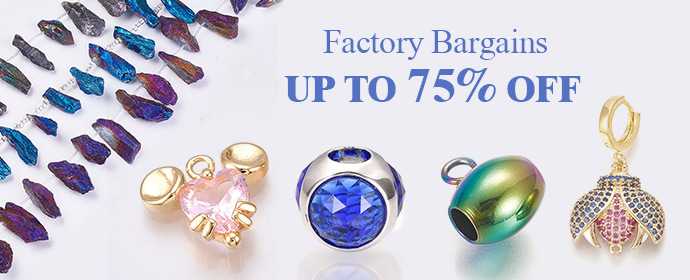A Ruby stone is among the most beloved gemstones to ever exist, and its rich history makes it even more exquisite. Whether they were used in ancient Europe or are still worn in modern-day Asia, rubies have always played a crucial part in different cultures. Its strong symbolism is evident in the distinct red hue that rubys possess. Even now, people buy Ruby stones to admire its beauty alongside seeing its value in different cultures and civilizations.
With India comes a whole new world of attracting astrological properties relating to the manik stone. The stone is ruled by the sun and hence assumed to provide its bearer with glory, status,s and even safety. This stone is often suggested for use in Vedic astrology if someone wishes to strengthen their leadership powers or even their vitality. Spiritual practitioners and guides often advise ensuring the Ruby is certified to ensure it works properly. Women seem to prefer wearing Ruby as pendants and other forms of jewelry, which is a good choice given that it goes well with many outfits and is believed to resonate with the solar plexus chakra, allowing greater levels of self-esteem and power.
As we specifically narrow down to Myanmar (formerly known as Burma), we can clearly understand why rubies are treasured as “the king of gems” in Southeast Asia. Burmese warriors were believed to have been equally strong and invincible in battles due to rubies’ unparalleled magical powers and distinctive radiance. Burmese rubies started to capture the market’s attention as experts began labeling them “the finest variety” and “the best color and quality rubies”. Even to this day, Burmese origin stones keep staggering prices due to their historical reputation and unmatched value paired with their legendary deep crimson hue.
Counted among the wealthiest, nobility started to adorn themselves with rubies which were believed to possess the ability in warding off evil, curing ailments, and grant fidelity. Medieval European culture considered rubies to signify power. During the Renaissance, rubies were offered among royalty and were considered highly symbolic of wealth, passion, and wisdom. Even in the present day ruby is regarded as an engagement ring to honor unwavering love and commitment.

Image Resource: Navratan Gemstone
In African cultures, rubies are known to represent protective forces for life. In some traditions, tribal rituals are performed using rubies and they are regarded as possessing unique healing powers. Due to the gemstone mining rush in African countries such as Mozambique, the region is becoming more and more well known for their rubies and the worldwide demand for ethically sourced certified ruby gemstones keeps increasing alongside the quality assurance craze.
In contemporary society, rubies remain to be international emblems of passion, prosperity, and authority. Whether you fancy the astrological advantages of a manikin stone or the certified ruby’s appeal to your jewelry, knowing the cultural significance behind the stone adds value to your purchase. Therefore, when you make the decision to buy Ruby, you are not simply acquiring a gemstone, but rather engaging with centuries of heritage, mythology, and the human spirit.
Recommend0 recommendationsPublished in Uncategorized



